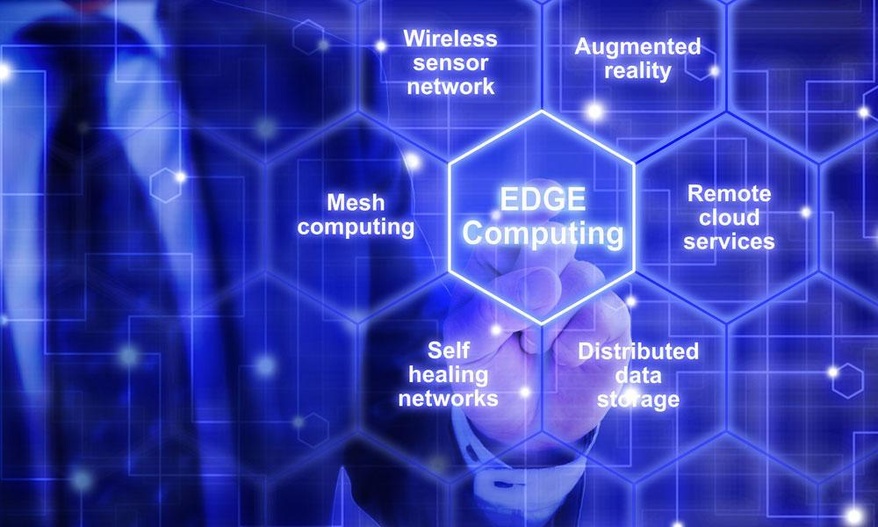Edge computing is the Information Technology architecture in which raw data is processed at the periphery of the network that is the data is processed as close as possible to the originating source. It brings the distribution of data and storage closer to the place where it’s needed. This particularly improves response time and saves bandwidth. Hence, here edge stands for the geographic distribution.
AIM OF EDGE COMPUTING:
The Aim of edge computing is to put the data computing away from the data centers as far as possible and closer to the edge of the network and this is because there is the increase in the number of the Internet Of Things (IoT) devices and at the edge of the network it is producing a large amount of data which is left to be computed by the data centers and this keeps pushing network bandwidths to it’s limit and just increase the pressure on the centers. Inspite of the improved network systems the data centers cannot guarantee acceptable transfer rates and data transfer response time which is in - fact a critical requirement, hence this lead to need of edge computing.
In addition to this, the devices at the edge constantly consume data coming from the cloud which forces the companies to keep building content to decentralize data and service provisioning.
CONCEALMENT OF EDGE COMPUTING:
The concealment or let us say the latency of edge computing is the speed of light. For instance when you ask a computer about anything it collects data from other computers and the time taken by the web browser to actually show something after you have clicked search is nothing else but the latency and it is largely dependent on the speed of the light.
THE PRIVACY AND SECURITY BENEFITS:
The edge computing has some privacy and security benefits but they aren’t guaranteed.
THE BENEFITS : Edge computing has the ability to benefit the ( ROBO ) that is Remote Office and Branch Office environments which normally have a dispersed user base and in these areas where the base is not geographically stable, intermediary micro data centers or high performance servers can be installed which would replicate cloud services locally, and this would improve both the ability and the performance of a device to act upon perishable data in a very less time that is in fraction of seconds.
Then an other benefit of edge computing is that it improves the time to act and on the other hand reduces response time to milliseconds and while doing this is also saves the resources. Also, it should be kept in mind that edge computing in no way replaces cloud computing, and inspite of it’s ability to reduce the latency it poses some challenges to security.
THE CHALLENGES: Challenges posed can be categorized mainly into three types :
1) SECURITY CHALLENGES: We all know now, from the starting lines of this article that edge computing is an IT architecture and the more distributed it is the more vectors can attack it. The intelligence of an edge client is inversely proportional to the malware infection, that is the more intelligent the edge client is the more is the risk of malware infections and security threats.
2) CONFIGURATION CHALLENGES: A configuration drift may be caused if the device is not centralized and robust. If the administrators because of any given reason forget to change the default security passwords on each of the edge device or neglect to update the firmware then this may lead to the creation of security holes which ultimately lead to configuration challenges.
3) LICENSING CHALLENGES: Initially the base version of an edge client may be of low cost but adding the functionalities of the licensing separately may result in a higher price and also the smart clients may have some hidden licensing costs.
CONCLUSION:
The edge in a network signifies the point where the traffic enters or exits a network and edge is only the point where the underlying protocol for a data may change. Also, the move towards edge computing is driven by computer components and by the total number of networked devices in the internet of things.
















